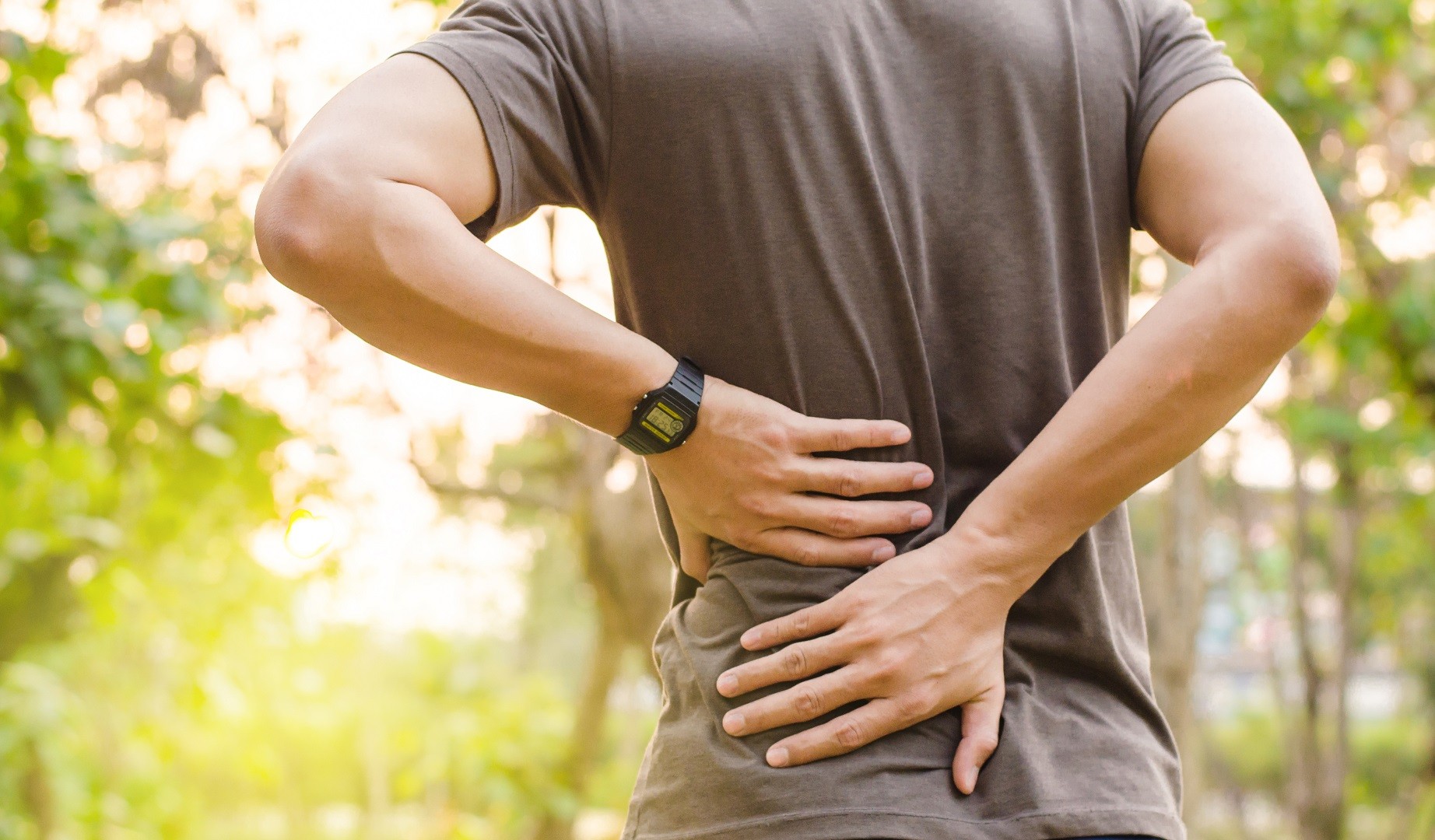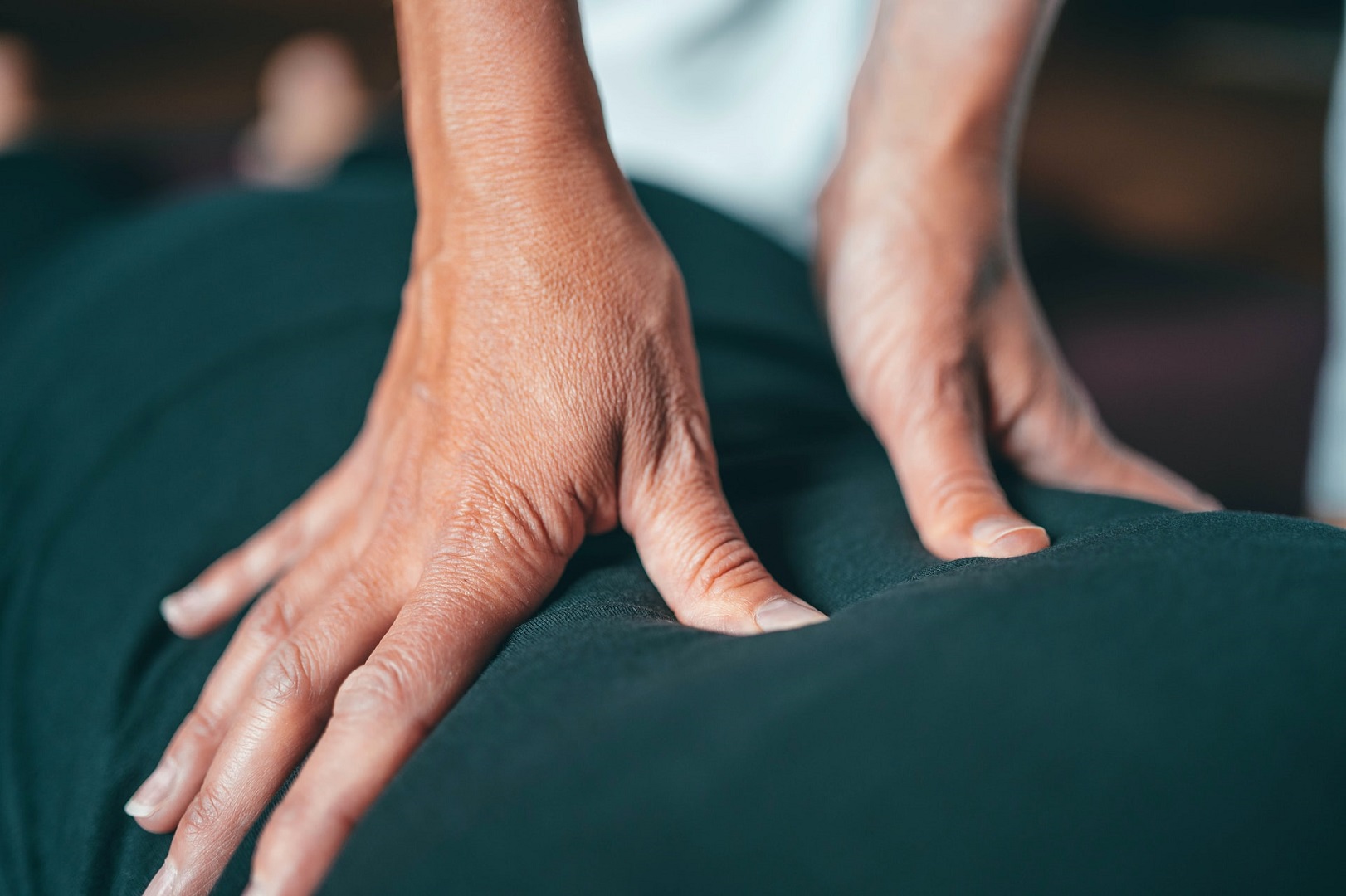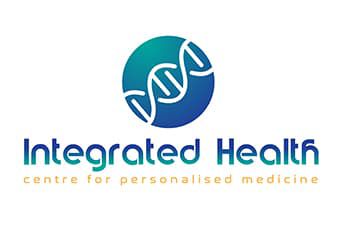
Aware of the side effects of using painkillers for a prolonged period, many people turn to natural therapies to address low back pain. Of all the modalities that can treat this condition, a 2006 research paper revealed that acupressure turned out most effective, in fact beating physical therapy.
Prepared by Hsieh LL et al., the study cited a randomised controlled trial in Taiwan, where 129 patients with chronic low back pain were divided to receive six sessions of either acupressure (64 patients) or physical therapy (65 patients) for more than a month. After comparing the response of both groups using variables measuring improvement in pain, body function and disability, the authors found that acupressure was more effective than physical therapy in alleviating low back pain.
How Can Acupressure Help With Low Back Pain?
Acupressure follows the overarching principle of Traditional Chinese Medicine (TCM), which emphasizes the smooth flow of vital energy, otherwise known as qi, through the meridians or the body's energy channels to ward off pain and disease. It focuses on specific acupoints along the meridians to help restore balance. When one of these meridians is out of balance, illness sets in.
Practitioners of acupressure use their thumbs or fingers to apply gentle pressure to the acupoints in question. The common points that they work on to address low back pain include Liver 3 (LR-3), Kidney 3 (KI3), Bladder 23 (B23) and Bladder 47 (B47).
Tools for Measuring the Efficacy of Acupressure vs Physical Therapy for Low Back Pain
To ascertain which between acupressure and physical therapy is more effective for chronic low back pain, Hsieh and colleagues used Chinese versions of the standard outcome to collect data from the participants. Before their first therapy and at six-month follow-up treatment, each patient's pain score was assessed and recorded using the Roland and Morris disability questionnaire, the Oswestry disability index, and the Core Outcome Measures Index. Here below is a brief description of each tool:
- Roland and Morris disability questionnaire is a 24-item self-report tool used to measure a patient's pain score. A score of 24 means the pain and disability of the patient is severe, while zero means no pain or disability.
- Oswestry disability index measures the patient's pain intensity based on how they rank the 10 everyday activities on the questionnaire like walking, sitting, lifting, travelling, etc. Scores are based on a 5-point scale, with 0 representing no pain and 5 severe pain.
- Core Outcome Measures Index determines the individual's level of pain and functionality based on how they rate these from a scale of 1 to 5.
To avoid bias, only the reference number of the participant was required by the questionnaires instead of their name. Researchers referred to the Roland and Morris disability questionnaire for the primary outcome and other tools for secondary outcomes.
The researchers divided the scores obtained from the Roland and Morris disability questionnaire into two categories; they classed those between 0 and 12 as minimal disability and those from 13 to 24 as significant disability.
What Are the Findings on Acupressure and Physical Therapy's Efficacy for Low Back Pain?
After calculating the participants' scores in the Roland and Morris disability questionnaire, researchers found that the pain and disability score of patients in the acupressure group reduced significantly by 89%, which is relatively massive compared to that of participants in the physical therapy group.
There was also a significant difference between the mean scores for core outcome measures. Researchers found that those in the acupressure group ranked the statements "satisfaction of life with the symptoms" and "satisfaction with previous treatment" higher than participants in the physical therapy group. Compared to the latter, the first group also gave lower scores to the following items:
- Low back pain
- Leg pain
- Pain interfered with normal work
- Days cut down on doing things
- Days off from work/school
Similarly, the results they obtained from the Oswestry disability questionnaire also showed a huge improvement in the participants' body function after receiving acupressure. Based on the results of their experiment, researchers are inclined to think that the efficacy of acupressure in treating low back pain lies in the technique used by the therapist.

Unlike with physical therapy, which has an established treatment protocol, acupressure entails assessment of the body's acupoints and energy pathways to get to the root of the problem. If the technique used by the therapist involved in the controlled trial can be learned and applied by all practitioners of acupressure, then this modality will no doubt benefit more people regardless of the condition they're suffering from.
|
Do you have a natural health & wellness business? |









